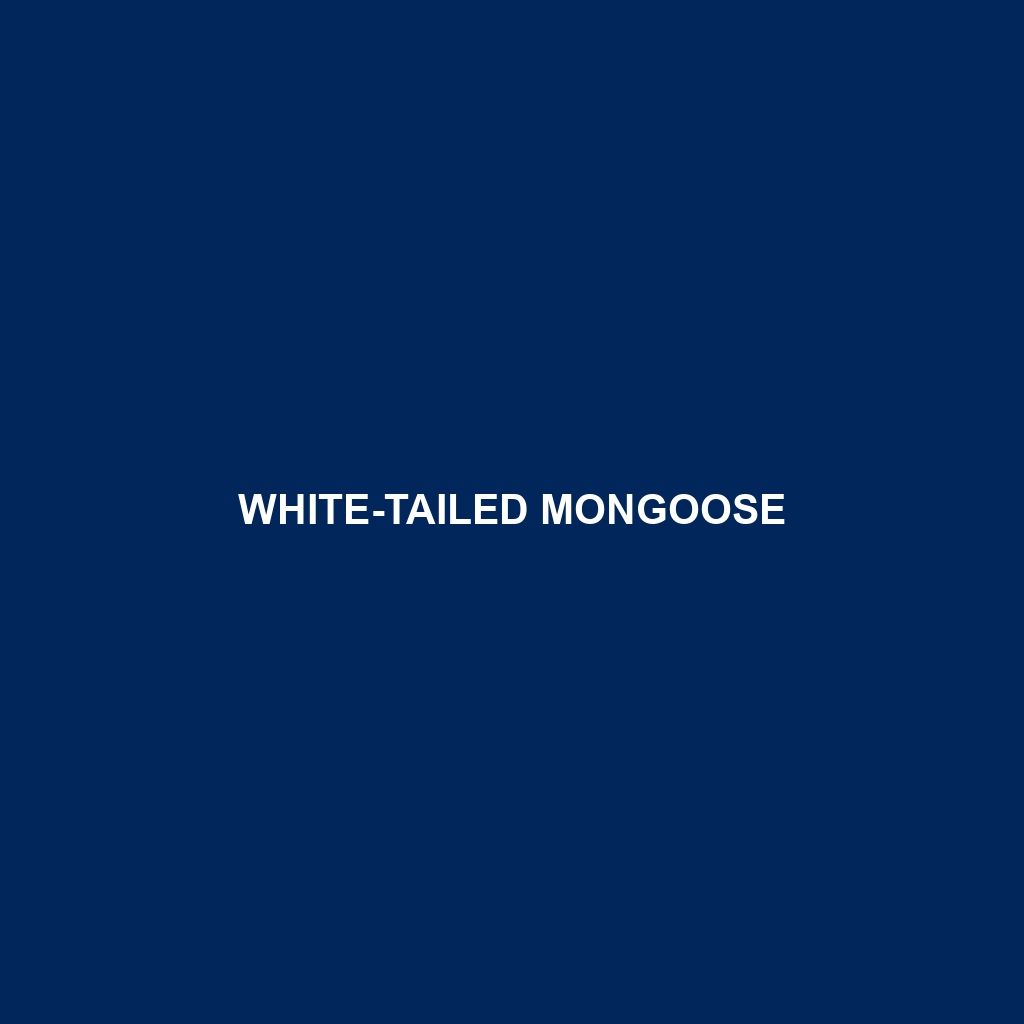Common Slender Mongoose
Common Name: Common Slender Mongoose
Scientific Name: Herpestes sanguineus
Habitat
The Common Slender Mongoose is primarily found across various regions in Africa and parts of South Asia. This species thrives in diverse environments, including grasslands, shrublands, and forest edges. It prefers areas with abundant cover for hunting and denning, often residing in rocky outcrops or areas with dense vegetation. The Common Slender Mongoose is prevalent in countries such as India, Sri Lanka, and in regions of sub-Saharan Africa.
Physical Characteristics
The Common Slender Mongoose is characterized by its elongated body, measuring between 35 to 50 cm (14 to 20 inches) in length, excluding the tail, which can add an additional 25 to 30 cm (10 to 12 inches). Its fur is typically a mix of brown and gray tones, with a lighter underbelly. Distinctive features include a pointed snout, short legs, and a bushy tail that is used for balance. Their keen eyesight and sharp reflexes make them adept hunters.
Behavior
Common Slender Mongooses are primarily diurnal, meaning they are active during the day. They are social animals often found in small groups, engaging in cooperative hunting. Their behavior includes marking territories with scent and grooming each other to strengthen social bonds. They communicate through a variety of vocalizations and body language, making them fascinating creatures to observe.
Diet
The diet of the Common Slender Mongoose consists mainly of small mammals, birds, reptiles, and insects. They are known for their skillful hunting techniques, using their agility to ambush prey. As opportunistic feeders, they adapt their feeding habits according to the availability of food sources in their environment, making them versatile hunters.
Reproduction
Common Slender Mongooses breed throughout the year, with peak breeding times that can vary based on geographic location. The female typically gives birth to a litter of two to four offsprings after a gestation period of about 60 days. Mothers are extremely protective of their young, often keeping them hidden in dens until they are old enough to venture out with the group.
Conservation Status
Currently, the Common Slender Mongoose is classified as “Least Concern” according to the IUCN Red List. However, habitat loss and human encroachment pose potential threats to their populations. Conservation efforts are necessary to ensure the survival of their natural habitats, particularly in regions facing significant environmental changes.
Interesting Facts
– The Common Slender Mongoose is known for its remarkable agility and speed, allowing it to escape predators quickly.
– They possess a natural immunity to various snake venom, which gives them an advantage when hunting venomous snakes.
Role in Ecosystem
As both predator and prey, the Common Slender Mongoose plays a vital role in maintaining ecological balance. By regulating the populations of small mammals and insects, they help control pest populations. Their presence also serves as a food source for larger predators in the ecosystem. Overall, the Common Slender Mongoose contributes significantly to the biodiversity of its habitat.
